- Gadgets
- A
Xreal One Pro — detailed review of new AR glasses with the X1 chip and a display of up to 191 inches
The Xreal One Pro augmented reality glasses are an update to the Xreal lineup, featuring a new display, the proprietary X1 chip, and built-in sound from Bose. The device costs $649 and offers more functionality compared to previous models. In this article, we will explore what the One Pro can do, how it's built, and how it differs from the Xreal Air, which I have already reviewed in one of my previous articles.
Characteristics and Features of Xreal One Pro
Design and Ergonomics
Xreal One Pro look like stylish sunglasses, but with AR technology inside. The weight is 87 grams, a little more than the Xreal Air (72 g), but it’s almost unnoticeable on the head. The body is made of matte plastic and magnesium alloy, assembled neatly with no gaps. The lenses are thin with electrochromic tinting (three levels: from clear to dark), controlled by the Quick button on the temple. This allows switching between modes: clear for work or dark for movies.
The nose pads are adjustable to fit any nose, and the spring-loaded temples fit snugly without being tight. The glasses are designed for long-term wear — a couple of hours won’t cause discomfort. The package includes a case and a USB-C cable, which hides inside the temple. According to reviews, the fit is more comfortable than the Air due to the improved pads and temples, although the weight difference may be noticeable with prolonged use.
Technical Specifications
Xreal One Pro is equipped with Sony Micro-OLED displays (0.55 inches, 1920x1080 per eye) with a refresh rate of up to 120 Hz and color calibration ΔE <3 for accurate color reproduction. The field of view (FOV) is 57°, which is equivalent to a virtual screen of 130–191 inches from two meters, depending on the mode. The new optical engine with flat prismatic lenses (40% more compact than the Xreal One) enhances sharpness and eliminates edge blurriness. The brightness reaches 700 nits, and the motion-to-photon latency is 3 ms at 120 Hz, ensuring smoothness.
Display: Sony Micro-OLED, 1920x1080 per eye, 57° FOV, up to 120 Hz, brightness up to 700 nits.
Processor: Xreal X1, built-in processing, 3DoF tracking.
Audio: open speakers with Bose tuning (20 Hz–20 kHz).
Connectivity: USB-C (compatible with Android, iOS, Windows, macOS, Steam Deck).
Accessories: Xreal Eye (12 MP camera, 1080p/60 fps, 6DoF support in beta mode).
Weight: 87 g.
Features: electrochromic lenses, Quick button, IPD adjustment (57–66 mm or 66–75 mm).
The Xreal X1 chip provides 3DoF tracking (head rotation tracking) without external modules. Connectivity is via USB-C to phone, PC, or Steam Deck. The Xreal Eye camera ($99) supports photo, video, and 6DoF tracking in beta mode, but the image quality is disappointing — pictures and videos are blurry compared to smartphones.
Functionality
One Pro supports three display modes: Anchor (the screen stays fixed in space), Follow (the screen follows your gaze), and Ultrawide (virtual screen up to 191 inches). Anchor is convenient for work, for example, coding with a "floating" monitor. Follow is great for games or movies on the go, while Ultrawide creates a cinema effect. There’s also Side View — a mini-screen for multitasking to see the real world.
3DoF tracking works smoothly, with no "floating" images. The display is great for text work: fonts are clear, and your eyes don’t tire. In games on Steam Deck, the image looks impressive, but 3DoF limits dynamic scenarios. 6DoF tracking via Xreal Eye is already available but still in beta and needs improvement — the image may shift slightly during movement. Watching movies is a strong point: the large screen creates a wow effect. The Nebula app (Android, macOS) manages settings, but sometimes it lags (delays up to 200 ms).
Comparison with Xreal Air
Xreal Air, previously described on tekkix, became a hit due to its lightness (72 g) and price ($399–449). One Pro is more expensive ($649 as of July 2025), but offers significant improvements.
Design: One Pro is more compact due to flat prismatic lenses (40% smaller than the "birdbath" on the Air). Electrochromic tinting (0–80% transparency) is more convenient than the Air’s interchangeable pads. The weight is higher (87 g vs. 72 g), but the fit is better: the nose pads are adjustable in three planes, and the arms have an increased tilt angle of 5°. The Air required interchangeable pads, which were less convenient.
Display: One Pro has an FOV of 57° compared to 48° on the Air (19% wider). The refresh rate increased from 60 Hz to 120 Hz, and brightness went from 600 to 700 nits. The new engine eliminates edge blurring, which was a feature of the Air. The Air used "birdbath" optics, which caused image edges to occasionally lose clarity. One Pro offers a virtual screen up to 191 inches, compared to 130 inches on the Air.
Performance: The X1 chip in One Pro replaces the external Beam ($129) on the Air, reducing latency from 20 ms to 3 ms at 120 Hz. The connection is simpler: USB-C without additional modules, and setup takes 1–2 minutes compared to 5–10 minutes for the Air with Beam. The IPD adjustment on One Pro is via two SKUs (57–66 mm or 66–75 mm) with fine tuning in software (±5 mm), while the Air relied only on software.
Audio: Bose speakers in One Pro (20 Hz–20 kHz) sound fuller than the Air’s (100 Hz–20 kHz), with bass 30% deeper. In noisy environments (over 70 dB), both options fall short of headphones, but One Pro performs better with low frequencies.
Functionality: One Pro adds 6DoF tracking via Xreal Eye (which the Air lacks). Side View and Ultrawide (up to 191 inches) are exclusive to One Pro. Nebula on the Air frequently crashed (delays up to 500 ms); the One Pro software is more stable but not perfect.
Air 2 is good for getting started with AR, especially if you’re on a budget. One Pro is for those who want the best image quality, sound, and battery life without extra accessories.
What’s the verdict?
Xreal One Pro - a wonderful new model of AR glasses. Their display with a 57° FOV and a 120 Hz refresh rate creates a large screen effect — from 130 to 191 inches depending on the mode. The X1 chip ensures smoothness (3 ms latency) and autonomy, eliminating the need for external modules. The Bose speakers provide surround sound, while the electrochromic lenses make the glasses versatile for both work and entertainment. Compared to the Air, they offer a wider view, clearer picture, and easier connectivity.
Of course, there are also downsides. The price of $649 (as of July 2025) is quite steep for everyone. The 6DoF tracking via Xreal Eye works in beta mode and is still unstable, and the camera’s image quality is disappointing — photos and videos are blurry compared to smartphones. Glare on the lenses can be an issue in bright light (over 1000 lux), and Nebula requires further refinement. In noisy places, the sound is lost, so headphones might be needed.
Competitors, like Viture or RayNeo, are cheaper but fall short in clarity and FOV. Xreal hints at Project Aura and Android XR, which makes One Pro promising. These glasses are perfect for those looking for a portable screen for work, movies, or games with the highest quality. If the budget is limited, the Air 2 remains a good option, but One Pro is the next level.
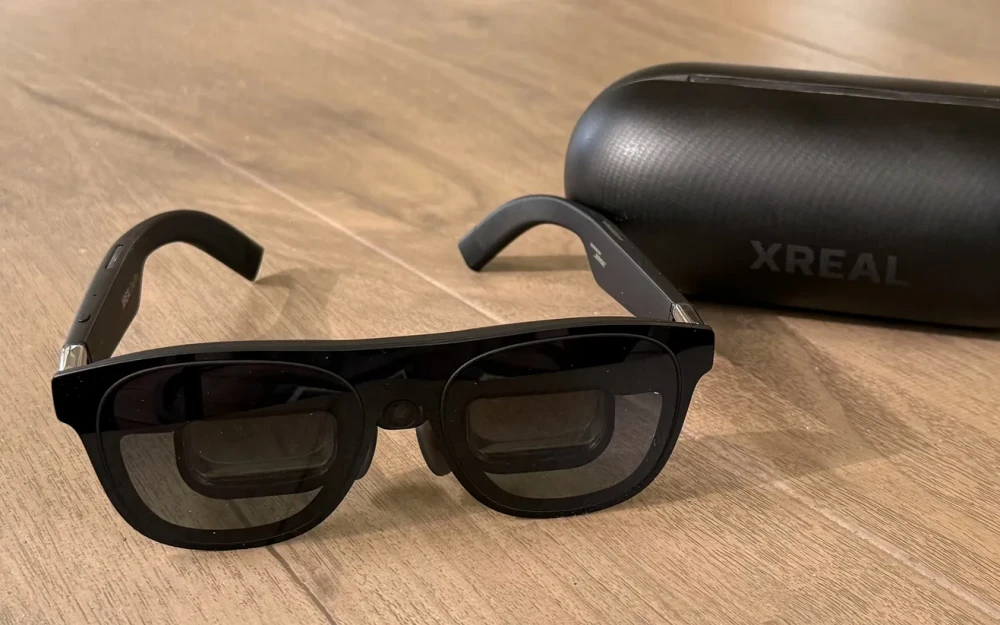
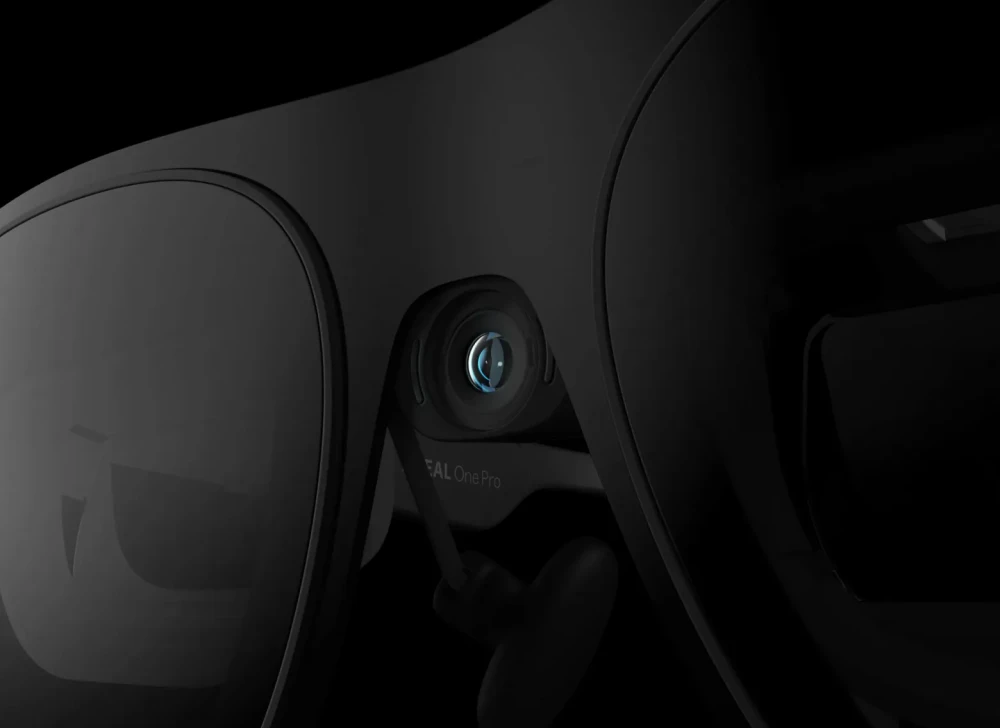
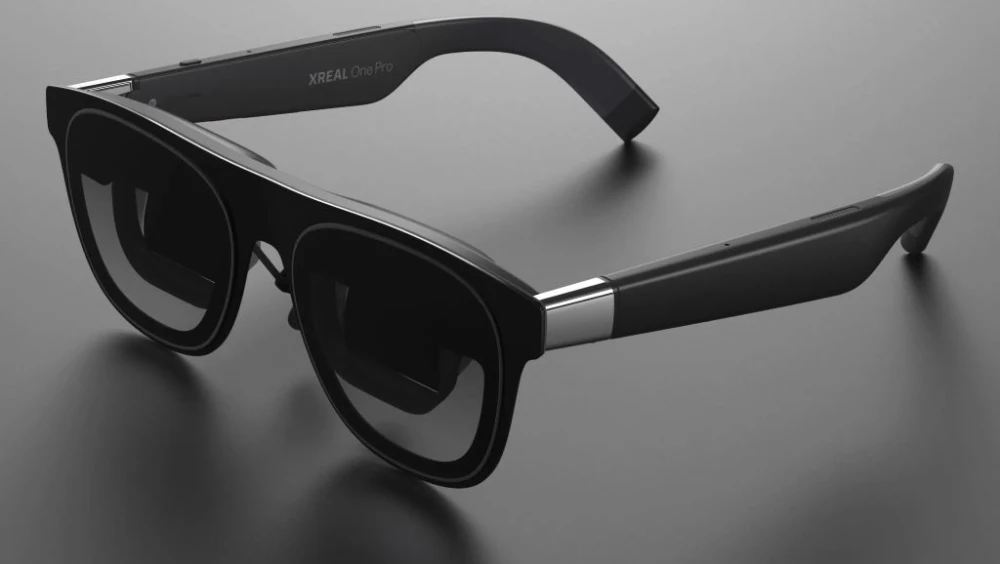

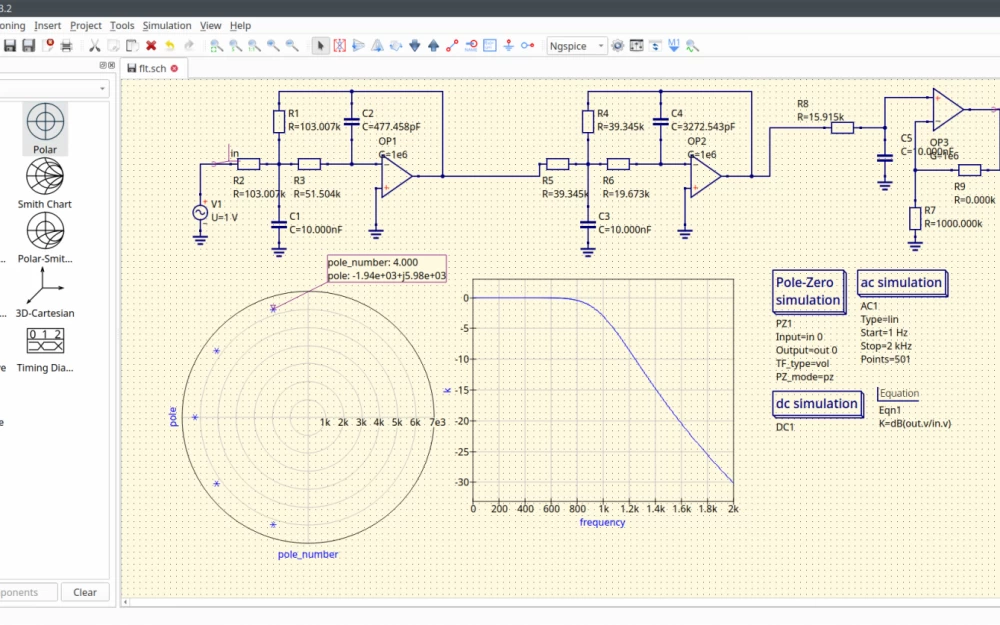

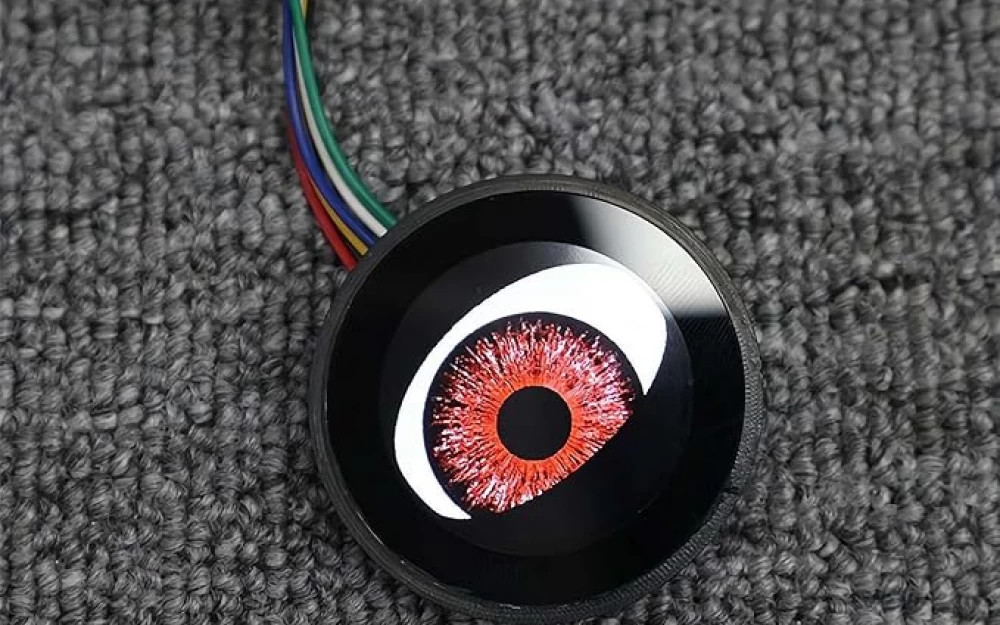
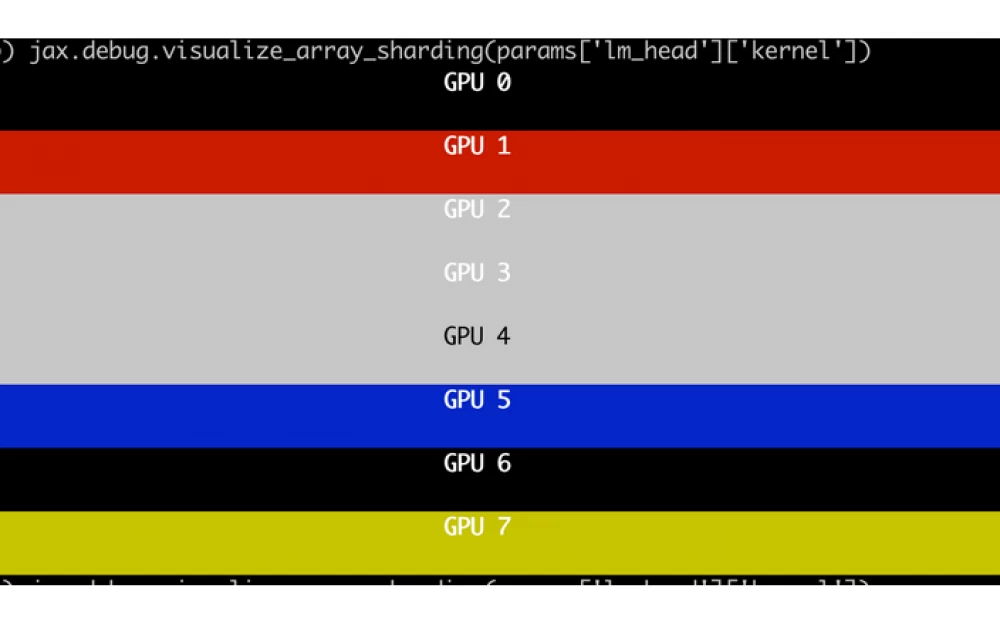

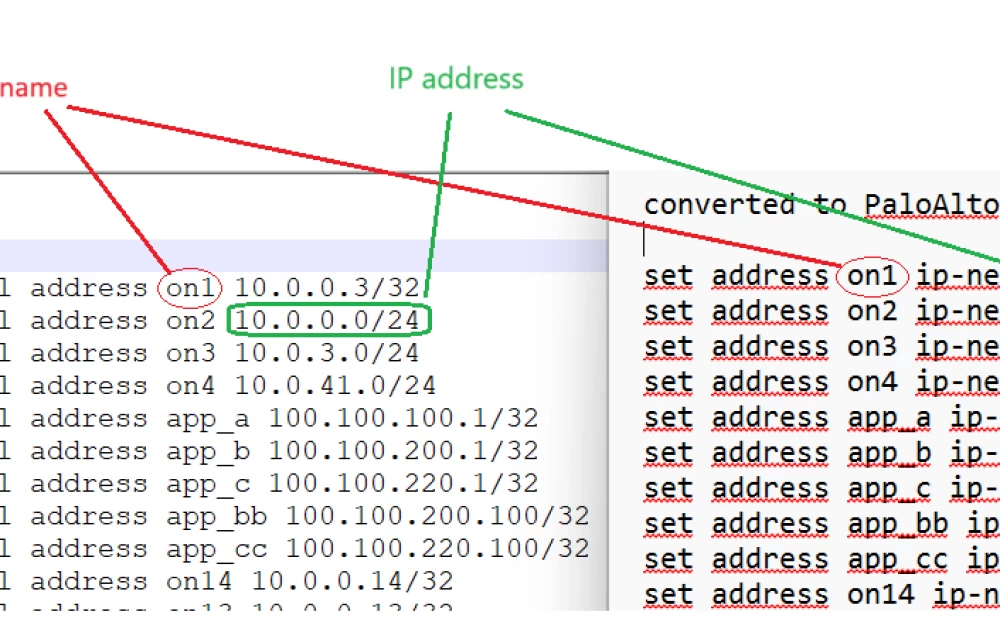


Write comment